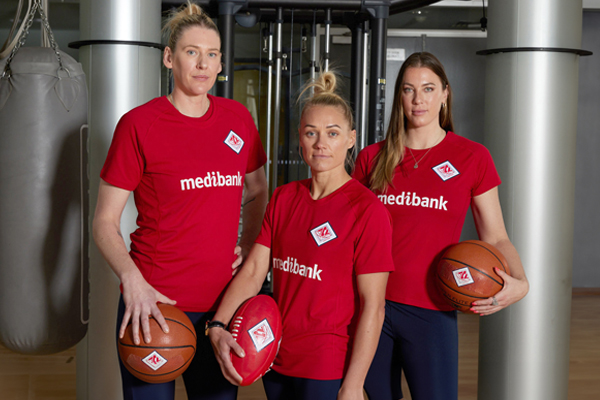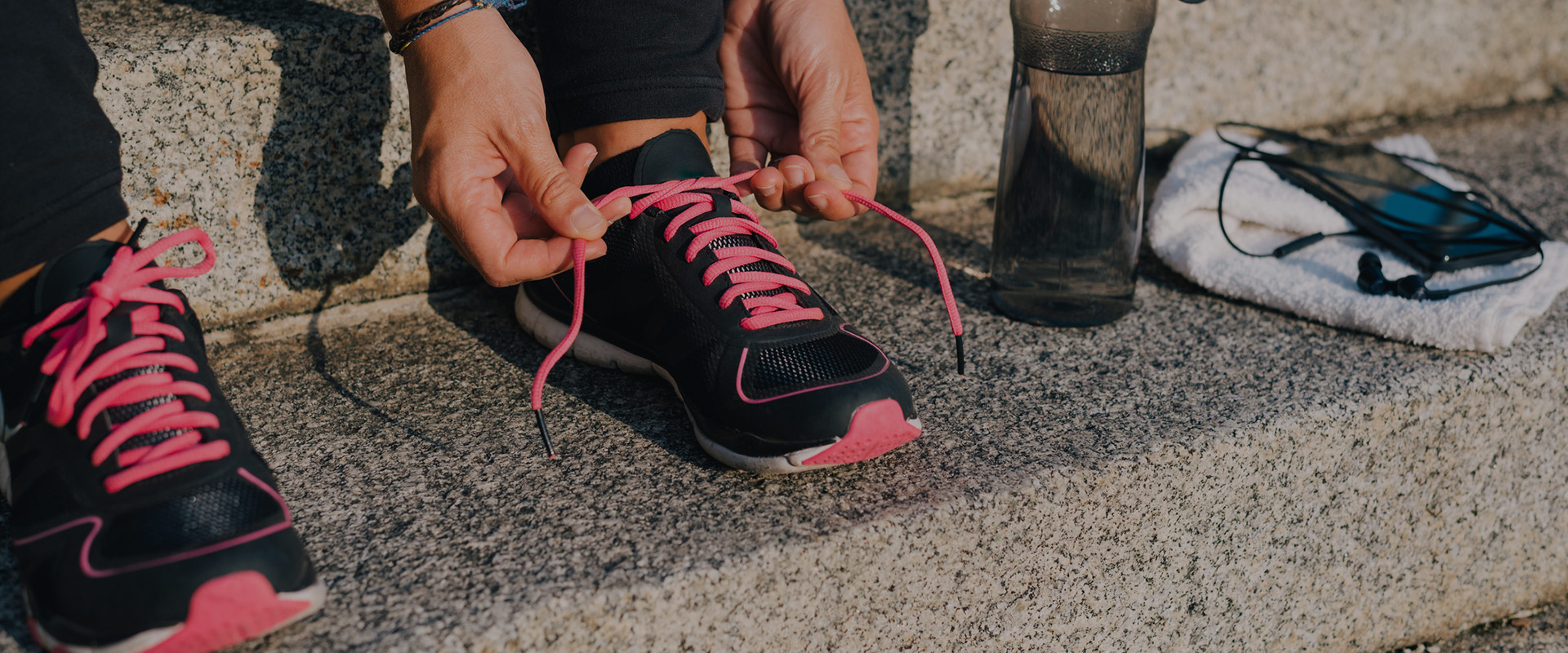-
An effective tennis stretching and conditioning regime can improve athleticism, performance, flexibility and decrease your risk of injury. Here are the three key areas tennis players need to consider when preparing their bodies for a game.
On-court warm-up
Your pre-match warm-up is about gently moving the primary muscle groups that will come into action when playing your match. These include the rotator cuff muscles of the shoulder, the trapezius, the pectorals, the upper arm and forearm, the quadriceps, hip and the calf muscles.
Start with ten minutes of light hitting with your tennis partner. Warm up like you would play but don’t overexert yourself with high intensity movements. Focus on achieving a full range of motion for each body part and good footwork.
Pre-play dynamic stretches
Following your warm-up, begin a simple dynamic stretching routine that focuses on warming up your muscles for the movements that you will need in your tennis game.
Butt kicks: Run in place, but kick your legs backward, bending your knees to kick your bottom.
Trunk rotations: Lie on your back and bring your knees up to your chest so your knees and hips are at a 90 degree angle. Place your hands on the floor and slowly bring your knees down the right side, keeping your shoulders touching the floor. Slowly return to the start and repeat on the other side.
Front lunge: Take a large step forward with your right leg and then bend your right knee until your thigh is parallel to the floor and your knee is over your ankle. Push back upwards and draw your left foot even with your right and step forward with the left.
Side lunge: Grounding one foot, take a wide step out to the side with the other and move into a quarter squat. Repeat on the other side.
Shoulder rotation: Placing one arm in the air, roll your shoulder around to draw a circle with your arm. Repeat five times in each direction. Switch arms.
Post-play static stretches
After your tennis match, complete static stretches that target the major muscle groups used to maintain flexibility and a healthy range of motion. Applying the notion of ‘contract and relax’, you should hold the following stretches for 15 to 30 seconds each.
Standing quadriceps stretch: Lift your left leg off the ground, pulling your left heel with your left hand up to your bottom. Keep both knees aligned and hold onto a sturdy object with your opposite arm if you have trouble balancing.Repeat with the other leg.
Kneeling hip flexor and hamstring: From a kneeling position, plant your right foot on the ground in front of you so that your leg is bent 90 degrees with the knee and ankle aligned. Keeping your back straight, press forward into your right hip while keeping your left knee pressed into the ground, stretching your left hip and hamstring. Squeeze and contract the gluteal muscles of your left hip to increase the stretch in your hip flexors.
Standing calf stretch: Stand facing a wall, placing your hands on the wall at chest level. Place the ball of your right foot against the wall with you heel touching the floor. Gently lean into the wall until you feel a stretch in your calf. Keep your leg straight. Repeat on other leg.
Triceps stretch: Bending one arm at the elbow, raise your arm and place your hand down behind your back, reaching as far as you can. Use the other arm to hold your elbow to extend your stretch. Repeat on the other arm.
Shoulder and forearm stretch: Standing or sitting, reach both hands behind your back, clasping your fingers. Turn the shoulders outwards and pull your hands down until you feel a stretch in your shoulders and forearms.
Top tennis stretches

-
Everything you need to know about parkrun
Been wondering what a parkrun looks like? Where do you go? What do you do? How do you sign up? Find out here.
-
Five ways to exercise when on a budget
You don’t need to spend money on gym memberships just to meet your fitness goals. Here are five free ways to stay healthy and active when you’re living on a budget.
-
How parkrun changed my life
Christie Farrow went from being an exercise-phobe to a true blue runner with parkrun.
-
Australia's top female athletes unite on ACL injury
Some of Australia's most talented athletes have joined forces to highlight the unique injury challenges women face.
-
How to create your perfect summer fitness plan
Be inspired by the sunshine and get moving
-
The essential foam rolling routine
Improve posture and flexibility with this essential foam rolling routine. Discover effective stretches to ease muscle tightness and enhance your daily movement.
Subscribe to receive the best from Live Better every week. Healthy recipes, exercise tips and activities, offers and promotions – everything to help you eat, move and feel better.
By clicking sign up I understand and agree to Medibank's privacy policy






